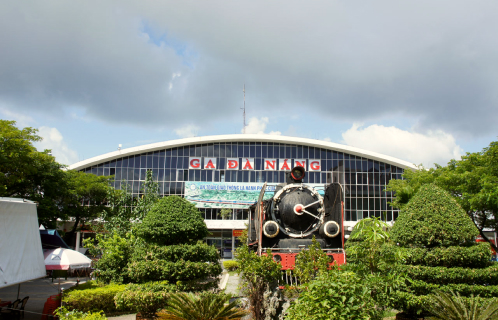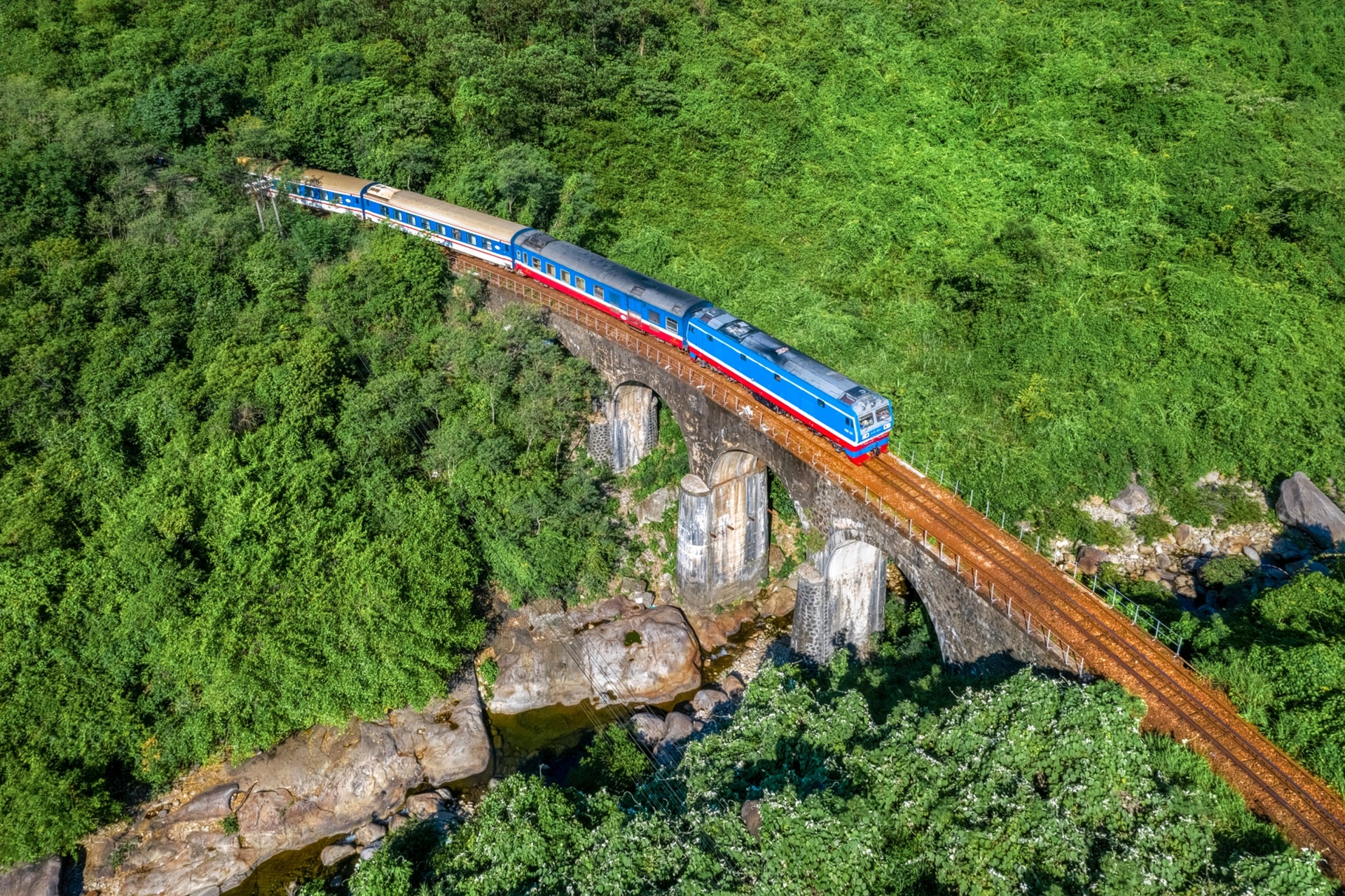
Destinations
FEATURED DESTINATIONS
Below is a list of the train stations we will be arriving and departing from,
please note their suitability to your itinerary.
Hanoi, the capital of Vietnam, is known for its centuries-old architecture and a rich culture with Southeast Asian, Chinese and French influences. At its heart is the chaotic Old Quarter, where the narrow streets are roughly arranged by trade. There are many little temples, including Bach Ma, honoring a legendary horse, plus Đồng Xuân Market, selling household goods and street food.
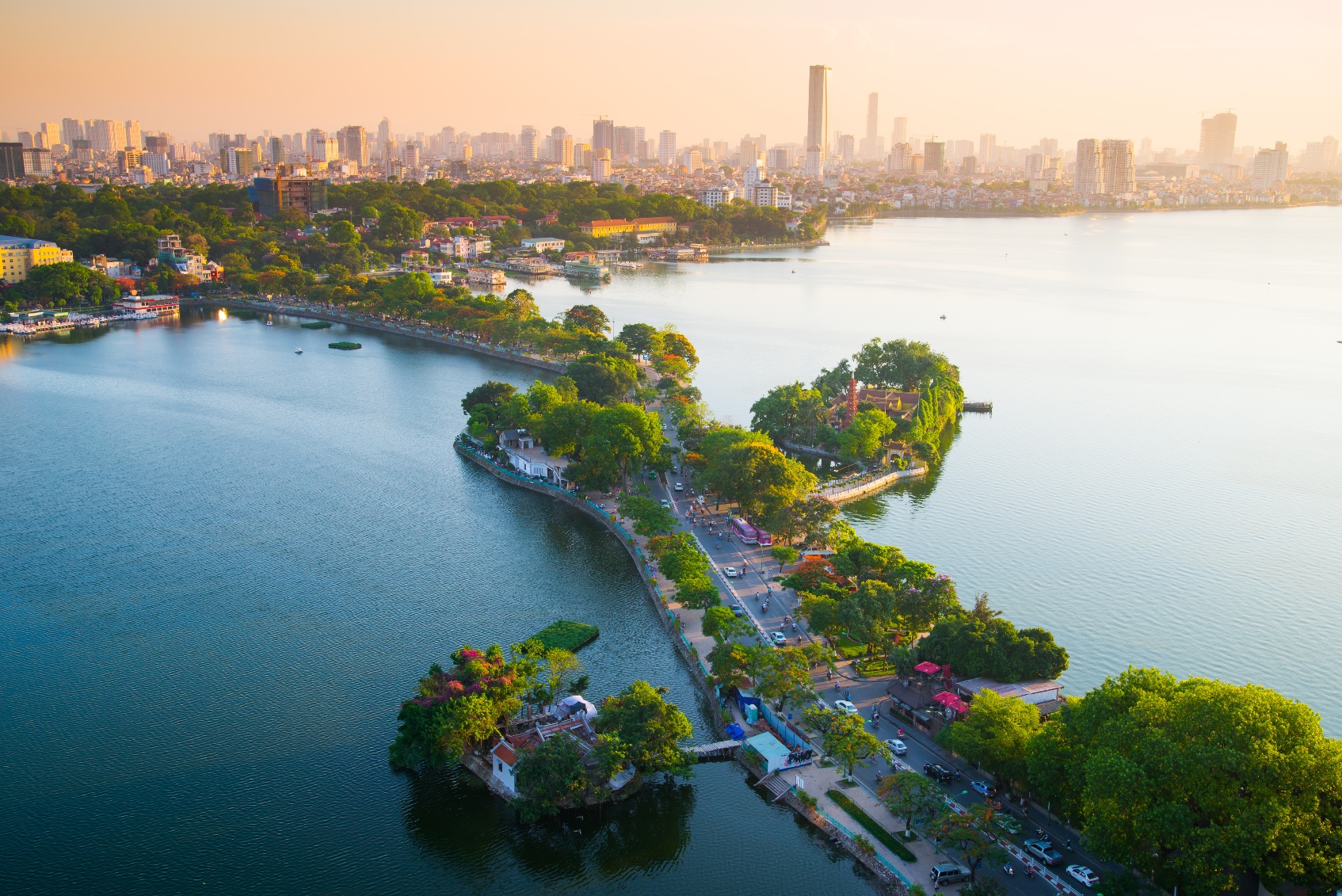
Hanoi Train Station (Tran Quy Cap Station, Hang Co Station, or Le Duan Train Station) originally founded in 1902, is a key hub within Vietnam’s railway network. Zone A is for trains that run from Hanoi in the North to Saigon in the South. Zone B (Tran Quy Cap Station), is where you can catch trains from Hanoi to Lang Son, Hai Phong, Dong Dang, or Quan Trieu. The station is open every day, operating from 8:00 AM to 10:30 PM, making it easy to catch a train whenever you need.
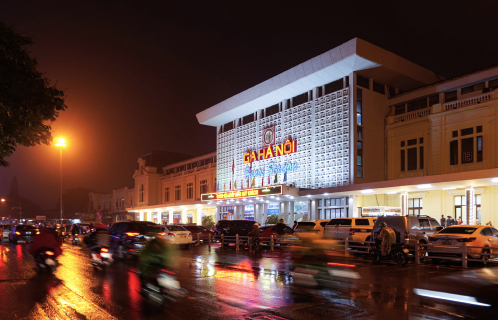
Dong Anh Station is one of the oldest stations in Vietnam, starting operation in 1902. Dong Anh Station is located on the Hanoi - Lao Cai railway line. From Dong Anh Station, passengers can travel to the following stations: Hanoi, Gia Lam, Long Bien, Vinh Yen, Lao Cai. This is a destination with ancient French architecture.

Gia Lam Station was built in 1902, a junction on the Hanoi railway line to neighboring provinces. Over 120 years, Gia Lam Station has become a historical witness accompanying the capital Hanoi through many ups and downs, still serving the daily needs of travel and freight transport. In addition to the main Hanoi - Hai Phong route, Gia Lam Station also goes to northern locations such as Lang Son, Lao Cai, Thai Nguyen.

Sapa town stands at the head of a deep valley of magnificent rice terraces that are still farmed today as they have been for centuries. Enticing ribbons of road lead the eye down to the valley floor, white-water rivers rush among rice fields, and lush green mountains stretch into the distance as far as the eye can see. The highest peak in the region, Mount Fansipan, crowns the ragged ridge line high above town.

Bac Ha District is the center of the H’mong Hoa people, and Bac Ha town is famous for its Sunday market. Bac Ha is also referred to by tourists as the “white plateau”, owing to its majestic mountainous scenery, friendly inhabitants, and the distinct villages of the local ethnic minorities.
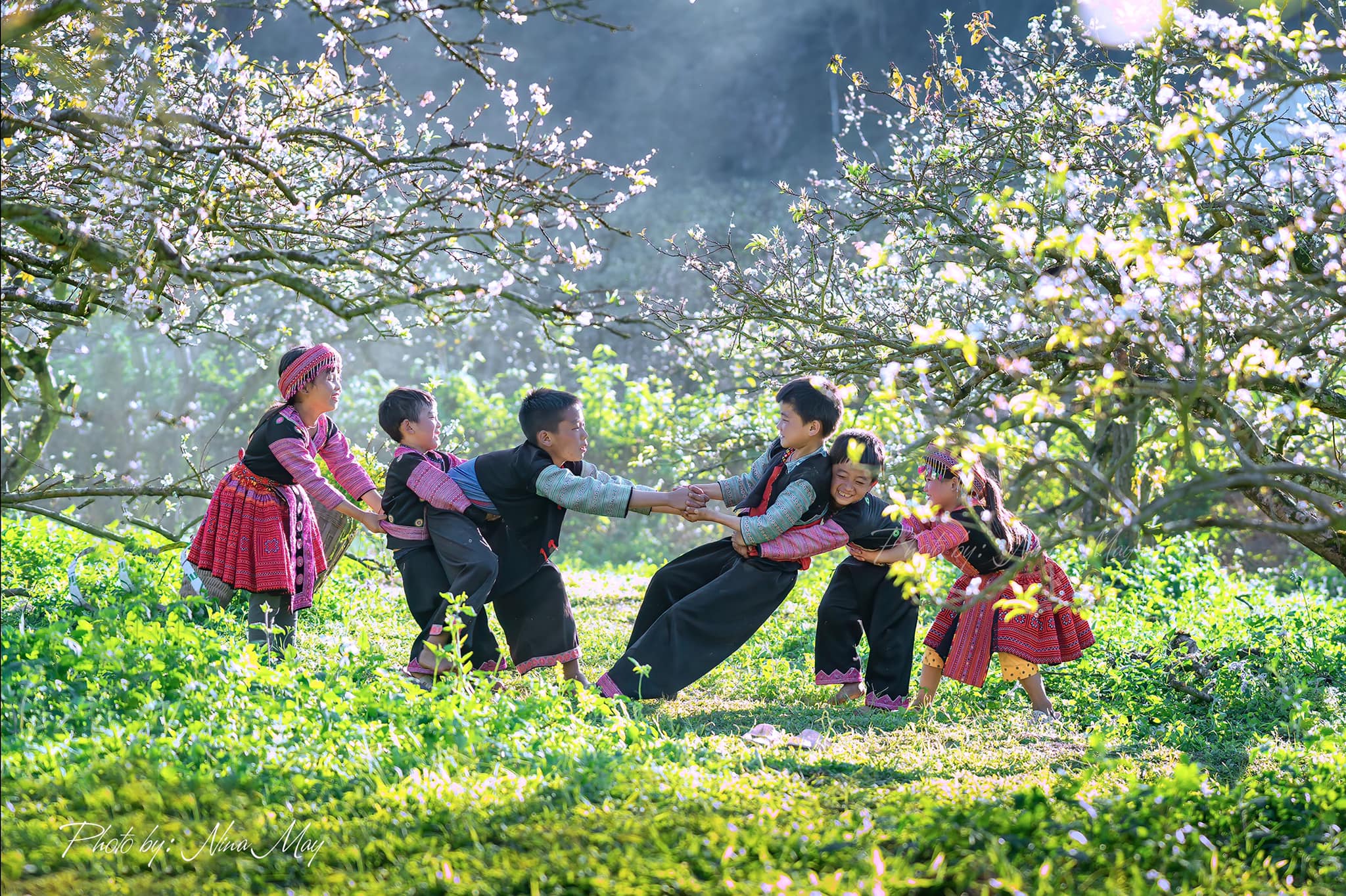
Y Ty land is blessed with many beautiful landscapes, majestic mountains, and rich natural resources that are preserved. Attraction tourists in Y Ty are primeval forests with diverse ecosystems; is a "cloud hunting" paradise known to many people.

Commencing in 1903, Lao Cai Station stands as a pivotal railway station along the Hanoi - Lao Cai railway line. It serves as a familiar stop for local travelers and an increasingly popular destination for international visitors. Lao Cai Station welcomes travelers to explore the cultural richness, historical significance, and natural beauty of Vietnam’s northern region. From Lao Cai Station, you take another 30 minutes by bus to Sapa.
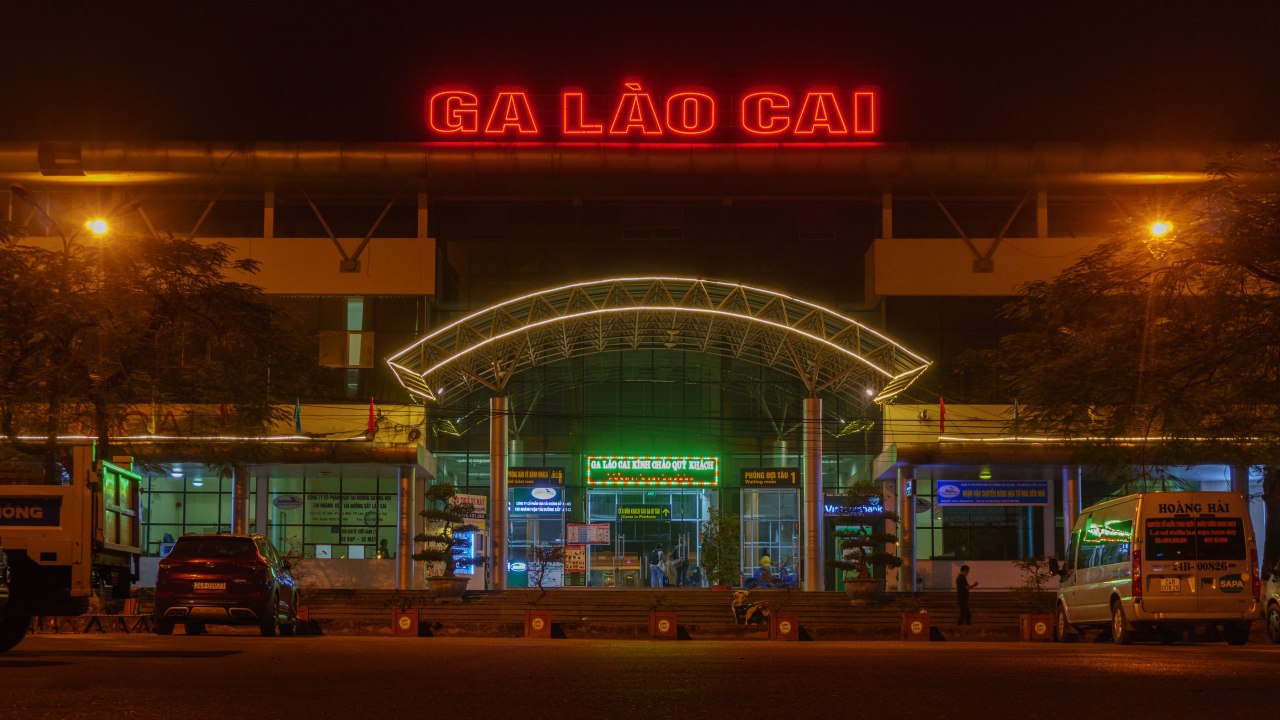
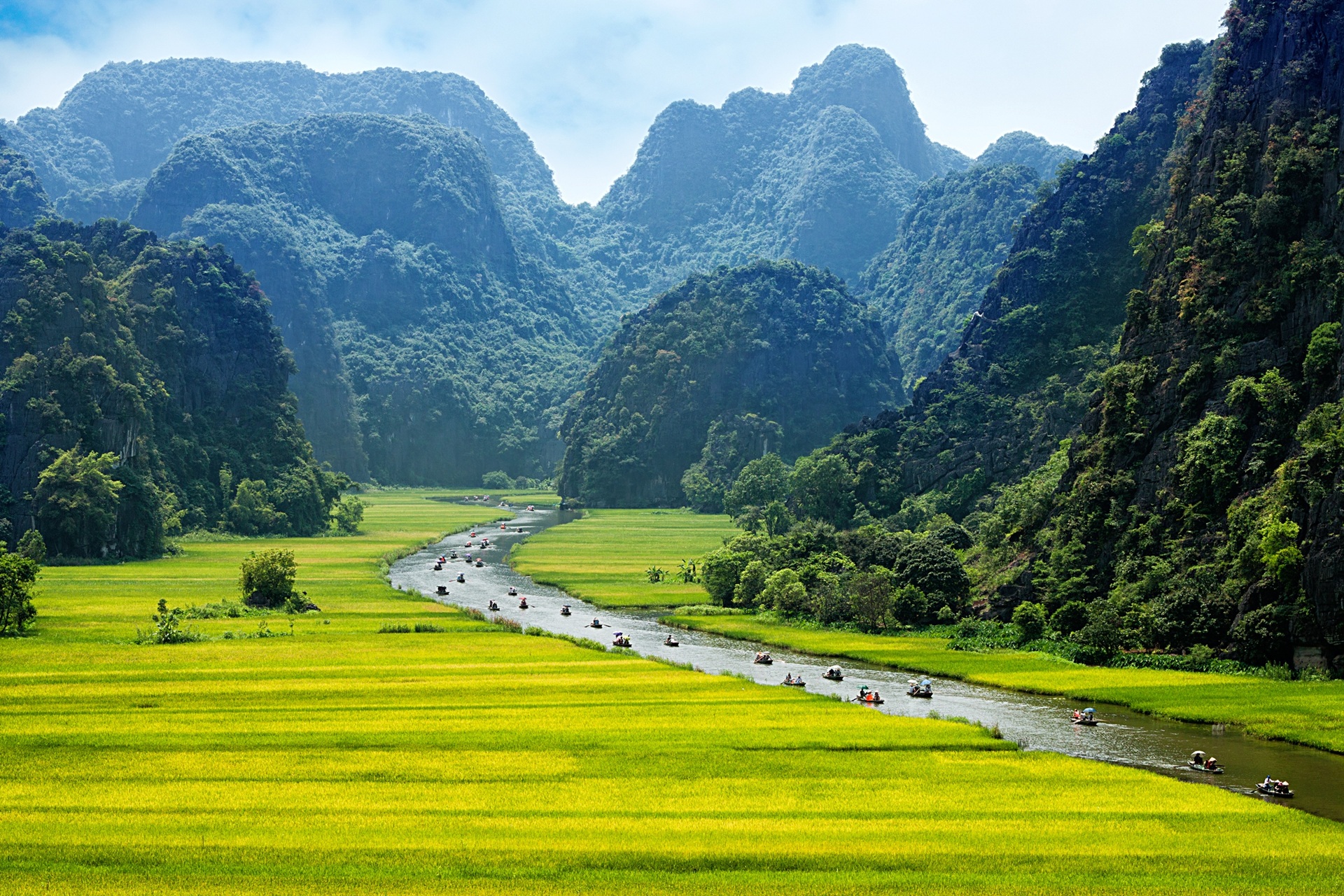
Ninh Binh Station is one of the main stations of the North-South railway line. Built during the French colonial period and going through many historical periods, Ninh Binh Station is now not only an important transit point but also a place that preserves many cultural and historical values.
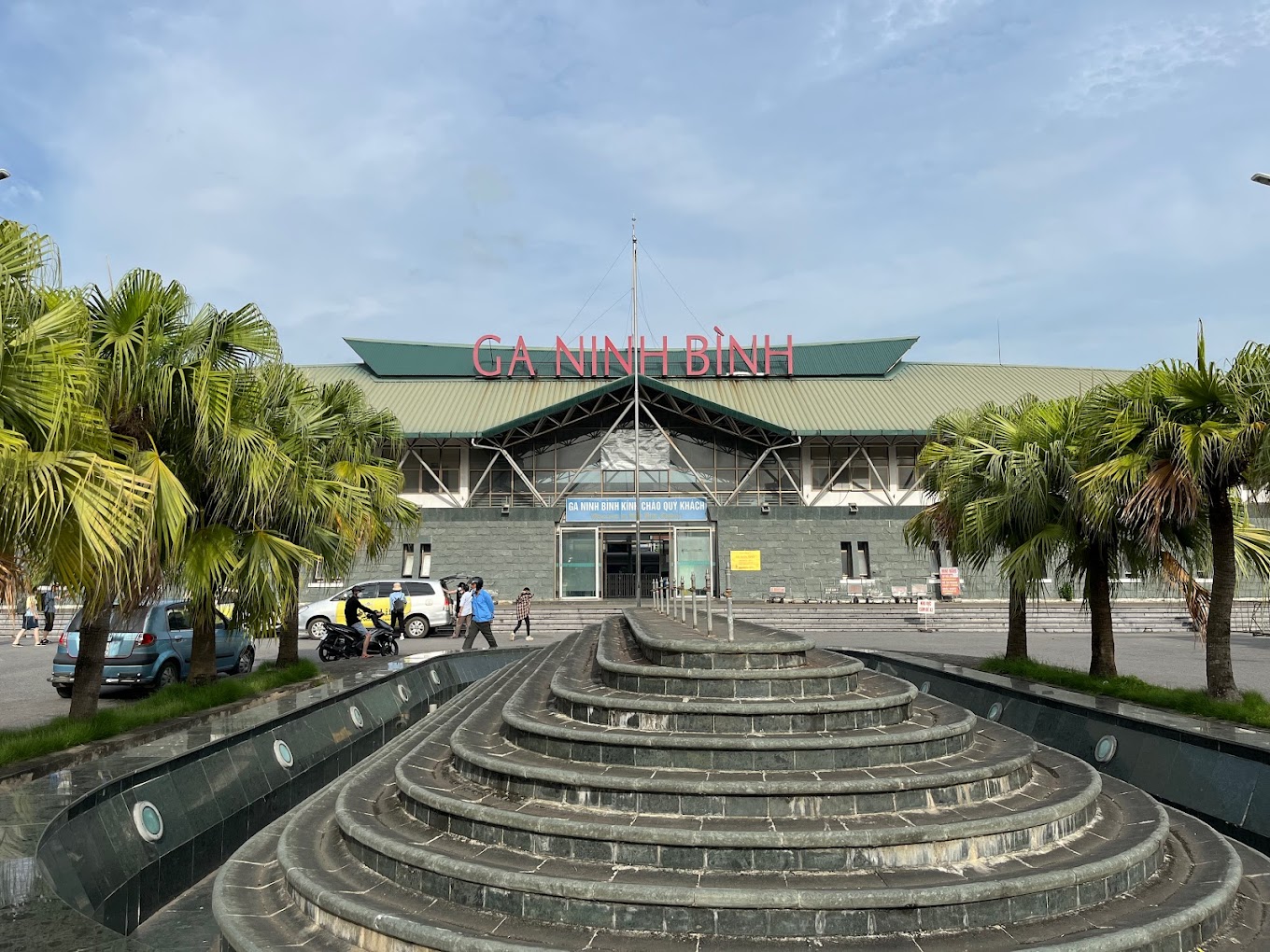
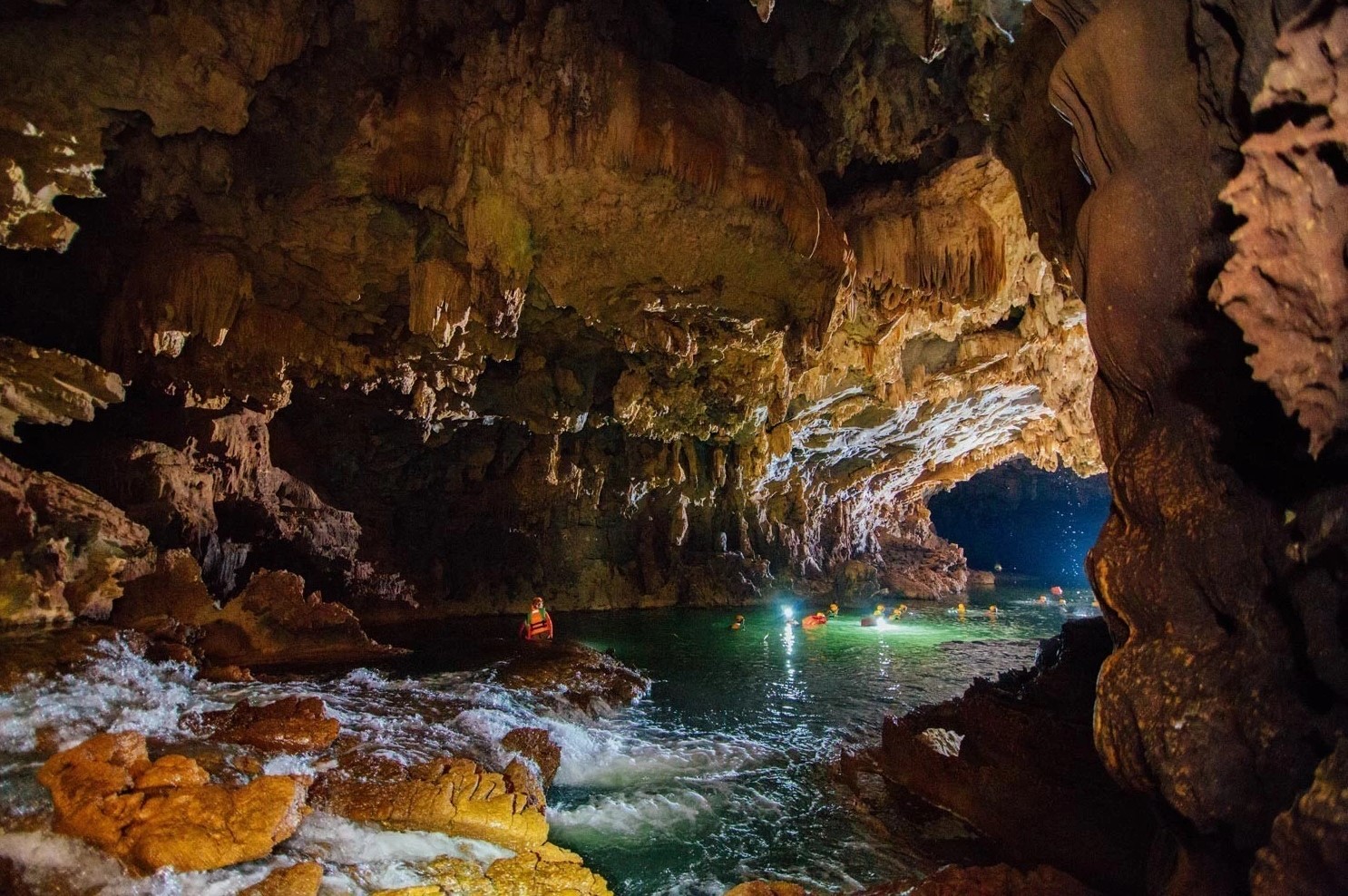
Dong Hoi Station was built in the 1960s, located in the center of Dong Hoi city. This is the stop of all North-South passenger trains. From here, you can easily reach famous tourist destinations in Quang Binh province.
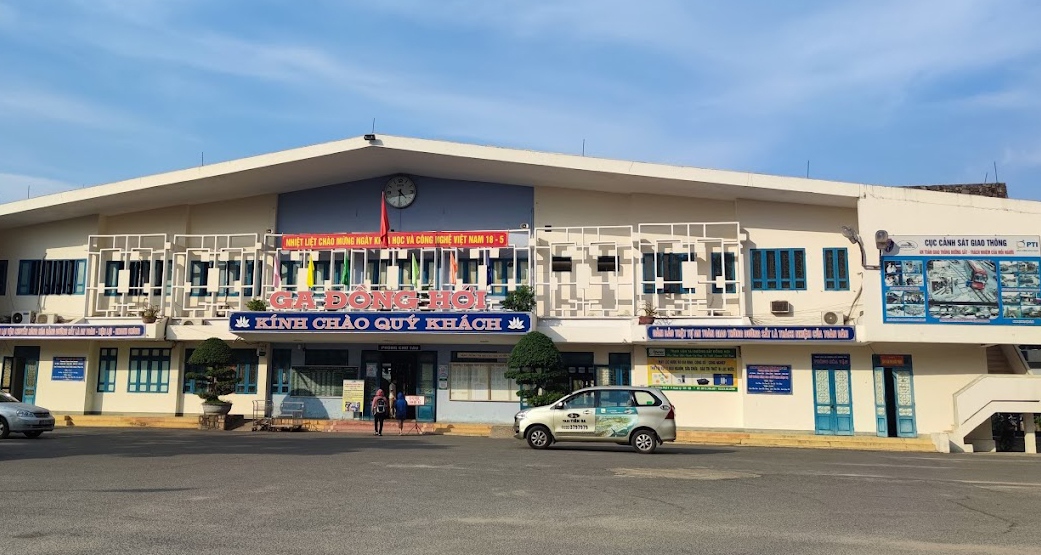
Huế is an ancient capital that has endured for centuries, yet it retains its antique, charming, and gentle beauty. Regardless of the hustle and bustle of life, upon setting foot in Huế, one can still feel the serenity and tranquility, as if time is slowing down. he values that Huế has preserved have been duly recognized, with UNESCO designating it as Vietnam's first World Cultural Heritage site in 1993.

Hue station has been in operation since 1906 with a strong French style and is a highlight of Hue city. From Hue station, it is easy to cross Phu Xuan bridge or Truong Tien bridge to get a good view of the Perfume river and to go to the Citadel, Bao Vinh ancient town, Dong Ba market…You can go to (and from) any other station in Vietnam as long as the train is scheduled to stop there by Vietnam Railways.
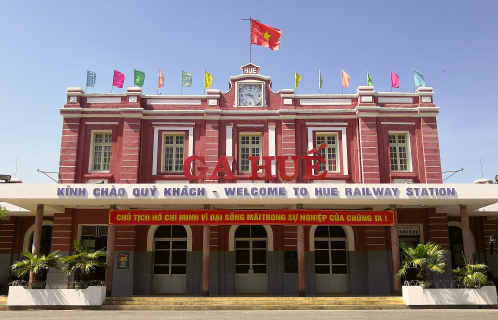
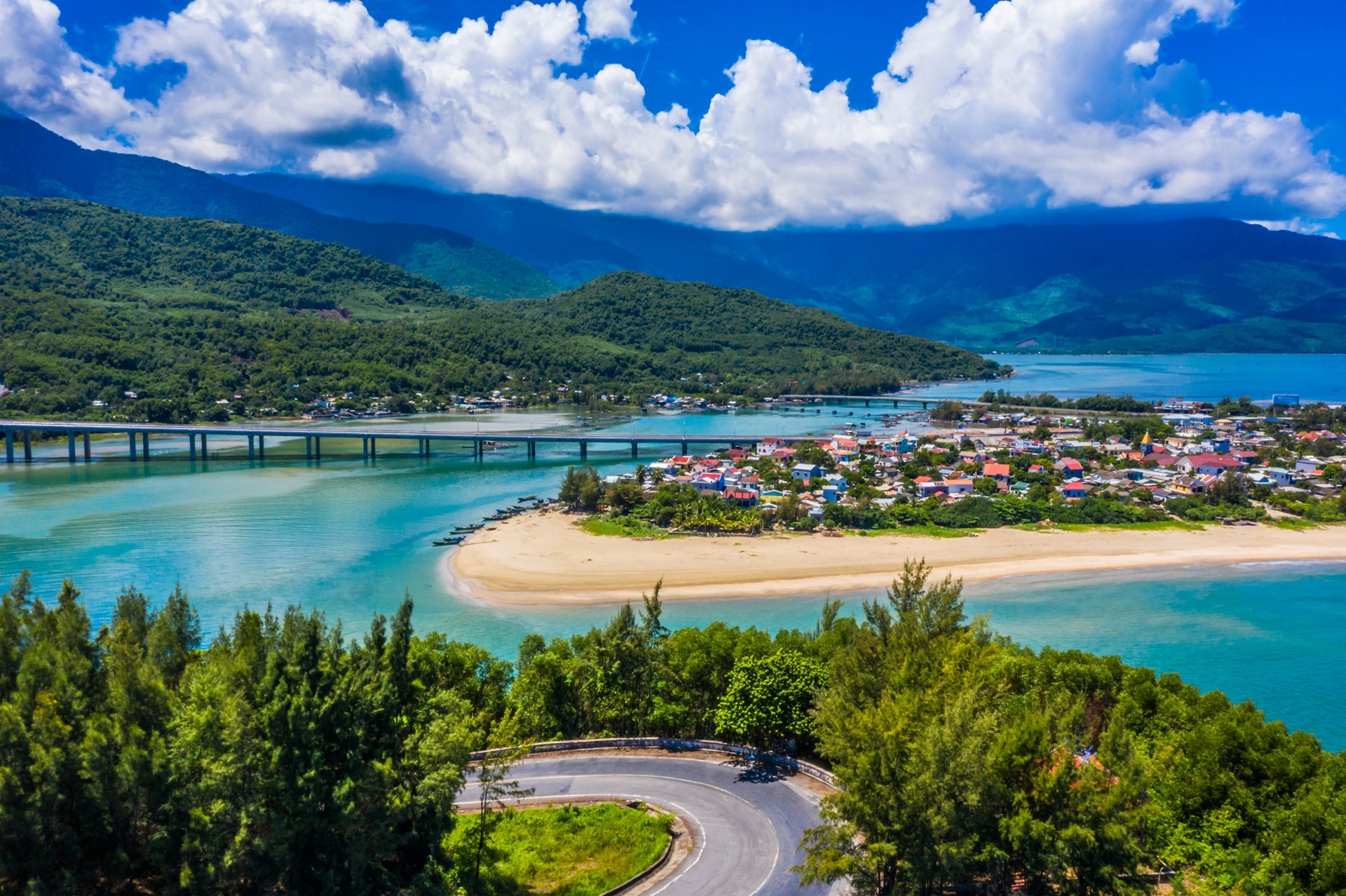
Lang Co Railway Station is one of the important train stations, connecting Lang Co to other provinces and cities in the country, starting operation since 1902. The Lang Co - Da Nang train route passing through Hai Van Pass is considered the most scenic train route in Vietnam. Through the train windows passengers can watch the majestic Truong Son mountain range by on one side and the immense sea.
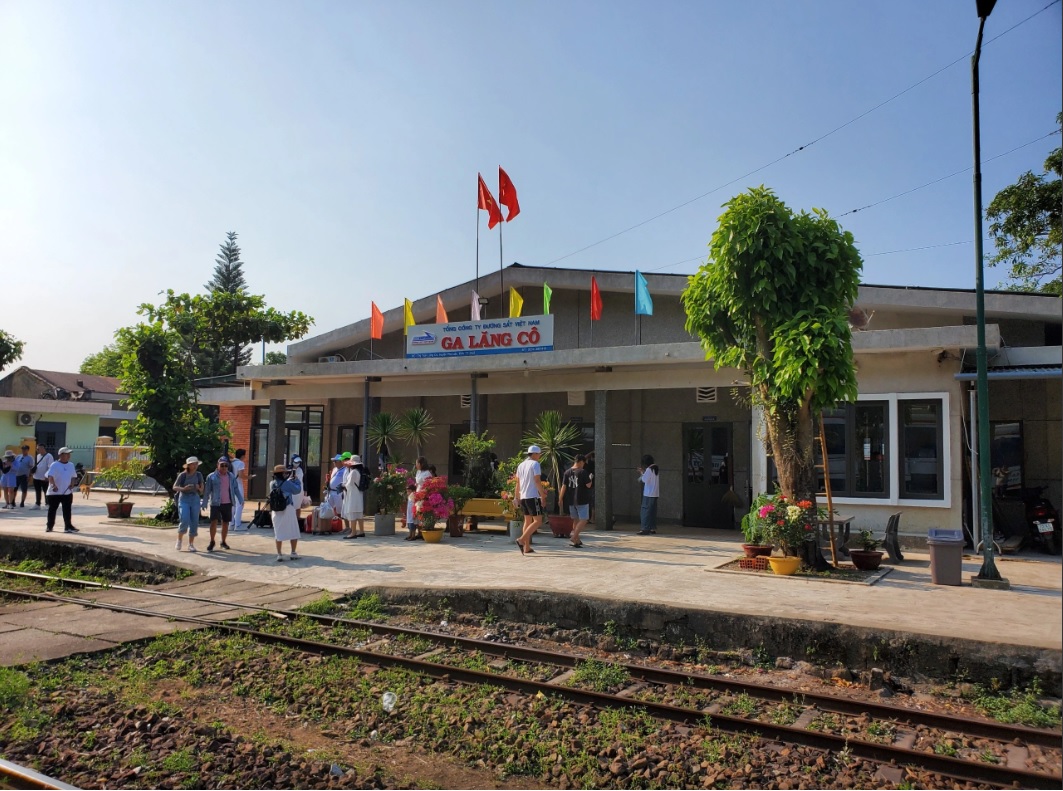
This vibrant coastal city shot to reputation by powdery white sand and crystal-clear beaches that are ideal for water sports lovers. Nature blends harmoniously into its surroundings, which deserves catching some of your leisure time. Da Nang hosts some of Vietnam's top luxury resorts, elegant malls and lively clubs. It’s a locality for all ranges of visitors, married couples, groups of friends or the whole big family.

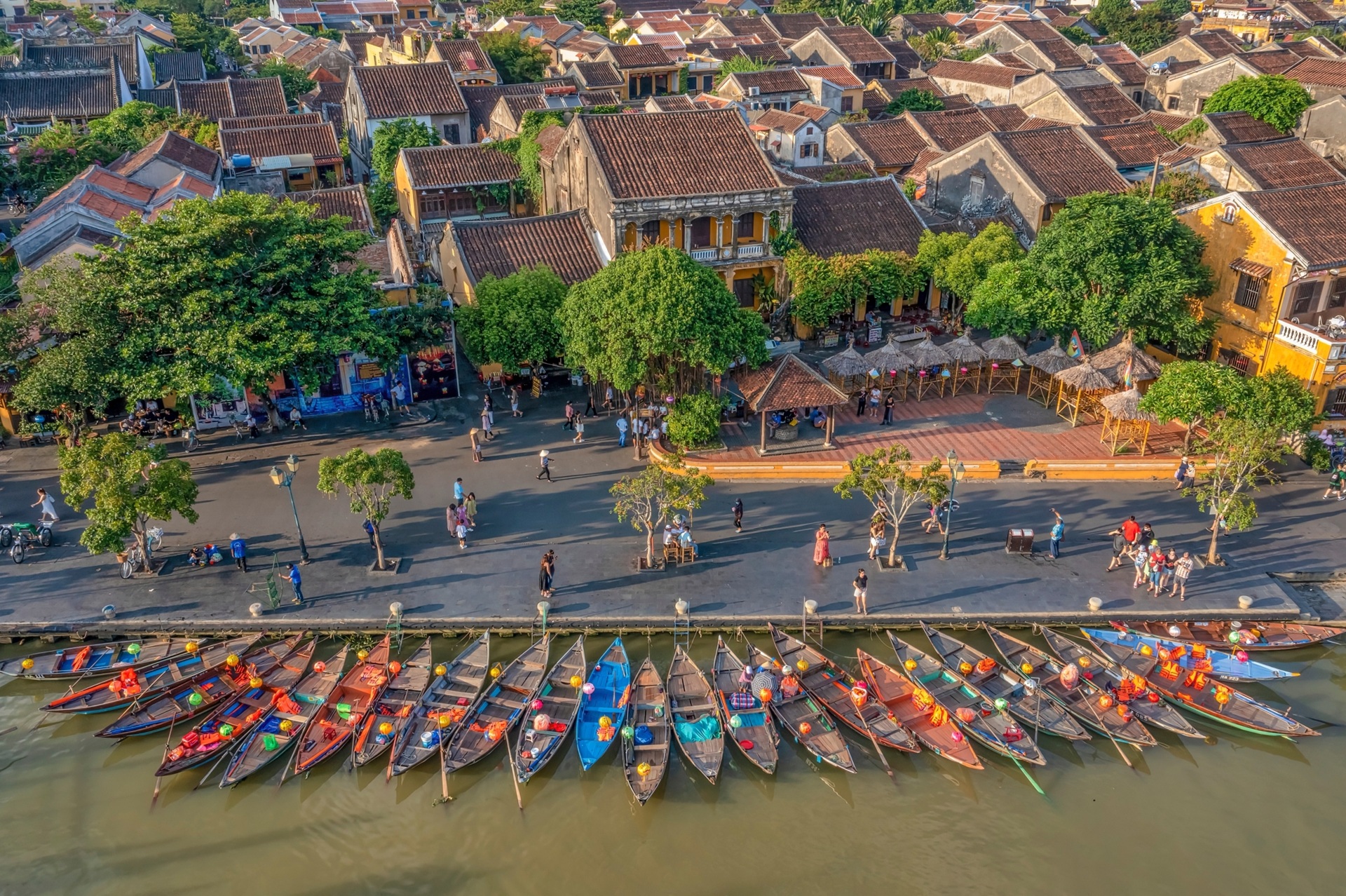
Đà Nẵng station was opened in 1902. The train station now completely no trace of the old architecture remains. Đà Nẵng station is one of the three largest train stations of Vietnam serving daily trains from the north to the south and vice versa that stop for long enough for a relatively large number of passengers to get on or off.
